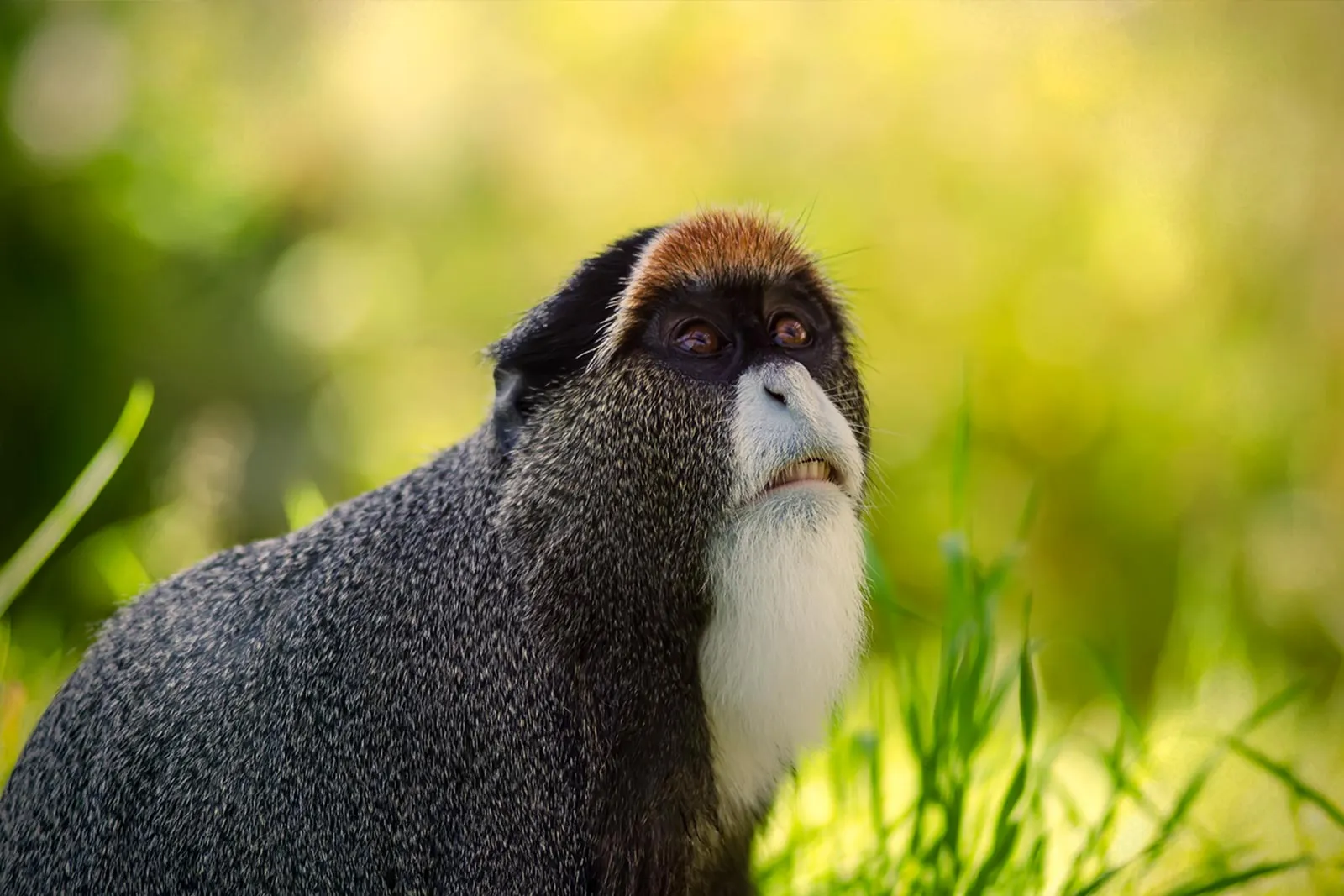Discovering De Brazza’s Monkeys: A Glimpse into the Hidden World of Forest Canopies
De Brazza’s monkeys, scientifically known as (Cercopithecus neglectus), are captivating primates that have found a home in various regions of East Africa, including Uganda; These monkeys are known for their distinctive appearance and fascinating behaviors, making them a subject of interest for both researchers and wildlife enthusiasts.
Habitat and Distribution
In Uganda, De Brazza’s monkeys primarily inhabit forested areas and swampy regions. They are often found in the western part of the country, particularly in national parks such as Kibale Forest National Park and Bwindi Impenetrable National Park. These parks offer the ideal habitat for these monkeys, with their diverse ecosystems and ample vegetation.
Physical Characteristics – De Brazza’s Monkeys (Cercopithecus neglectus)
De Brazza’s monkeys are easily recognizable due to their striking appearance. They have a reddish-brown back and grey underparts, with a white ruff that frames their face. This distinguishing feature, along with their white muzzle, makes them stand out among other primate species.
The monkeys have a relatively stout body with a long tail, which aids in balance as they move through the trees; Their distinct facial coloration and their tendency to sit motionless in the treetops make them challenging to spot, adding an air of mystery to encounters with these elusive creatures.
Behavior and Social Structure – De Brazza’s Monkeys (Cercopithecus neglectus)
These monkeys are known for their rather secretive and reserved behavior. They tend to live in small groups consisting of a dominant male, a few females, and their offspring. Their social structure revolves around the leadership of the dominant male, who protects the group from potential threats and helps maintain order within the troop.
De Brazza’s monkeys are arboreal, spending most of their time in the trees. They are adept at moving through the canopy, using their strong limbs and tails for balance and navigating the branches with agility.
Diet and Feeding Habits
Their diet primarily consists of fruits, leaves, seeds, and insects. They are known to be selective feeders, often choosing particular parts of plants or specific fruits over others. This dietary selectivity has an impact on their feeding habits and movement patterns within their territories.
Conservation Status – De Brazza’s Monkeys (Cercopithecus neglectus)
While these monkeys are not considered endangered, they face threats due to habitat loss and fragmentation caused by human activities such as deforestation and agricultural expansion; Conservation efforts in Uganda, such as national parks and protected areas, play a crucial role in preserving their habitat and ensuring the survival of De Brazza’s monkeys.
Importance in the Ecosystem
As seed dispersers, these monkeys play a vital role in the ecosystem by aiding in the regeneration of plant species. By consuming fruits and dispersing seeds through their excrement, they contribute to the growth and diversity of vegetation in their habitat.
Research and Conservation Efforts
Researchers and conservationists in Uganda work tirelessly to study and protect these unique primates. Efforts include habitat preservation, population monitoring, and raising awareness about the importance of conserving the natural habitats these monkeys rely on.
Remarks – De Brazza’s Monkeys (Cercopithecus neglectus)
In conclusion, De Brazza’s monkeys in Uganda are not only fascinating creatures but also an essential part of the rich biodiversity in the region; Preserving their habitats is crucial to ensuring the survival of this species and maintaining the ecological balance of the areas they inhabit.








